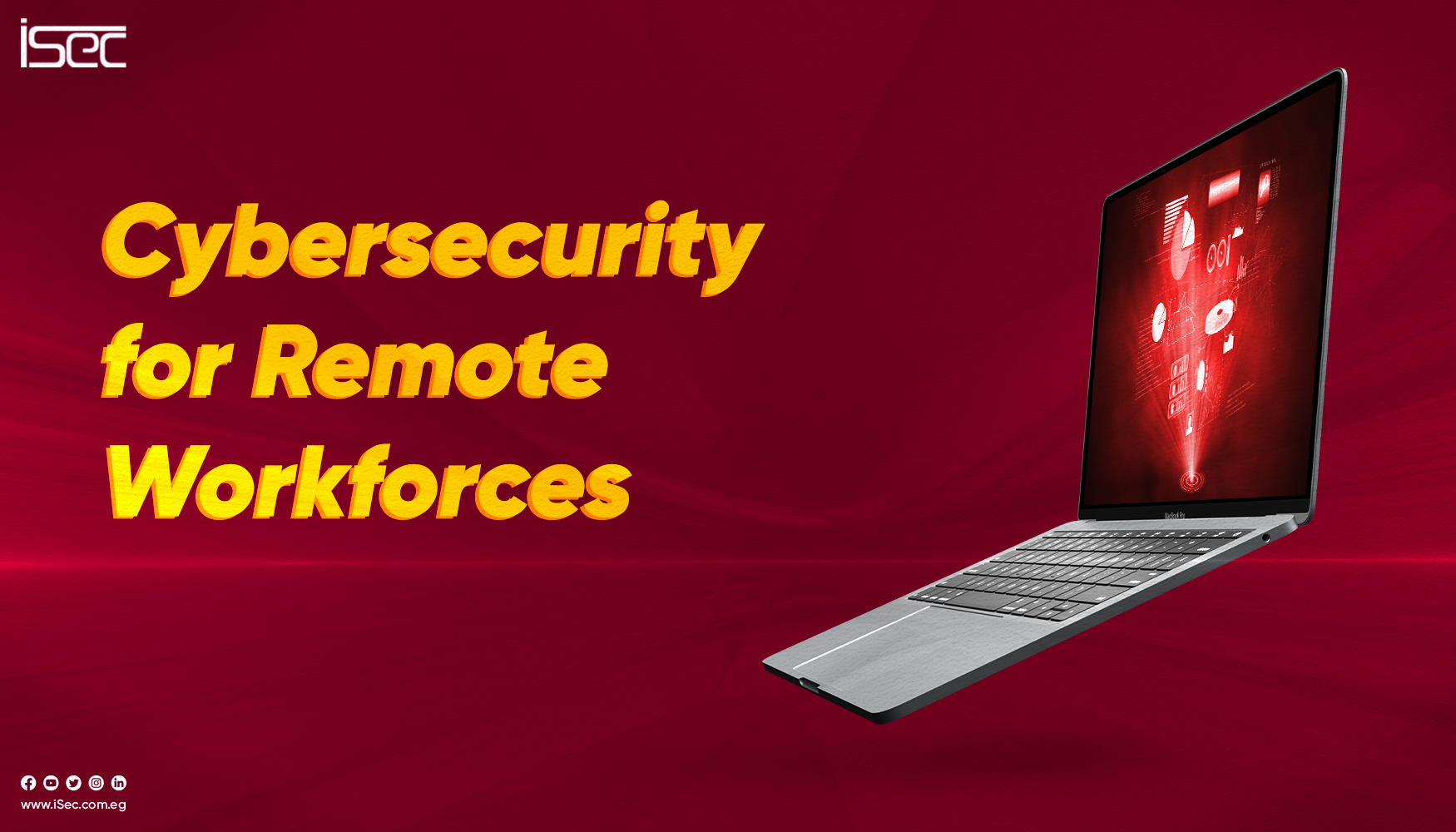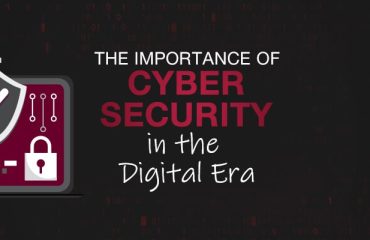
The rise of remote work brings unprecedented flexibility but also exposes organizations to increased cybersecurity risks. In this blog, we delve into the essential strategies and best practices to secure remote workforces, ensuring a resilient defense against cyber threats.
1. The Remote Work Landscape: Explore the evolving dynamics of remote work, understanding its benefits and the associated cybersecurity challenges. Address the unique vulnerabilities that arise when employees work outside traditional office environments.
2. Endpoint Security: Examine the critical role of endpoint security in remote work scenarios. Discuss the importance of secure devices, regular updates, and robust antivirus solutions to create a strong defense against malware and other cyber threats.
3. Secure Connectivity: Guide remote employees on establishing secure connections. Highlight the use of Virtual Private Networks (VPNs), encrypted communication channels, and best practices for securing home Wi-Fi networks to prevent unauthorized access.
4. Multi-Factor Authentication (MFA): Emphasize the significance of MFA in bolstering authentication mechanisms. Encourage organizations to implement multi-layered authentication to add an extra layer of protection against unauthorized access.
5. Employee Training and Awareness: Discuss the vital role of ongoing cybersecurity training for remote workers. Empower employees with knowledge about phishing attacks, social engineering tactics, and the importance of maintaining vigilance in the digital realm.
6. Cloud Security: Explore the secure utilization of cloud services in a remote work environment. Discuss the implementation of robust cloud security measures, data encryption, and access controls to safeguard sensitive information.
7. Collaboration Tools Security: Examine the security considerations related to collaboration tools. Provide insights into securing virtual meetings, file sharing, and communication platforms to prevent unauthorized access and data leaks.
8. Incident Response Planning: Highlight the significance of having a well-defined incident response plan. Guide organizations in creating a comprehensive strategy to detect, respond to, and recover from cybersecurity incidents effectively.
9. Data Privacy and Compliance: Discuss the importance of maintaining data privacy and complying with relevant regulations. Explore strategies for securing personal and sensitive data in alignment with privacy laws and industry standards.
10. Future Trends and Technologies: Offer a glimpse into the future of remote work cybersecurity. Discuss emerging technologies, such as Zero Trust security models and artificial intelligence, that organizations can leverage to stay ahead of evolving cyber threats.
Conclusion: Summarize the key takeaways and emphasize the continuous nature of cybersecurity efforts. Encourage organizations to adapt and evolve their cybersecurity strategies to meet the challenges of an increasingly remote workforce.
By addressing these crucial aspects, organizations can fortify their defenses and create a secure environment for remote work, ensuring the confidentiality, integrity, and availability of sensitive information.



